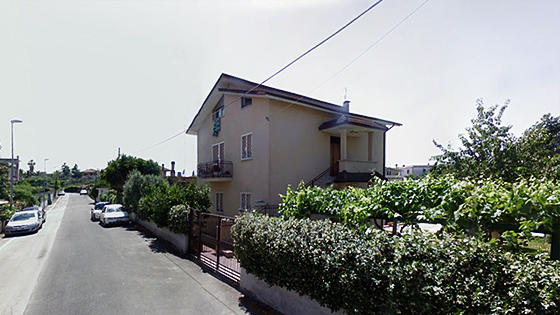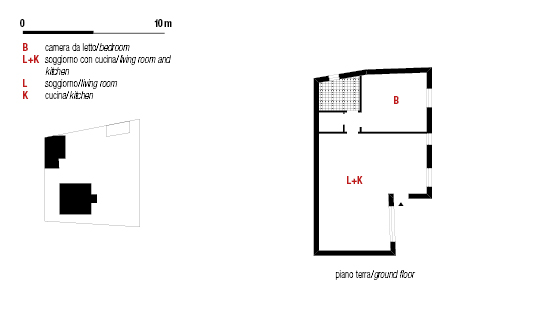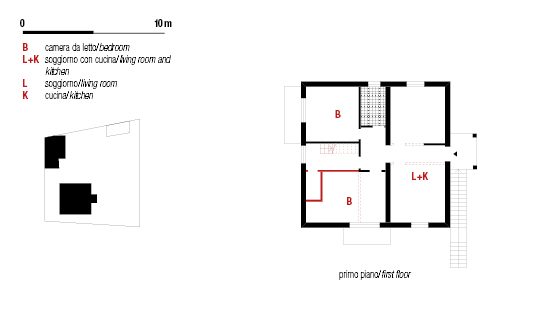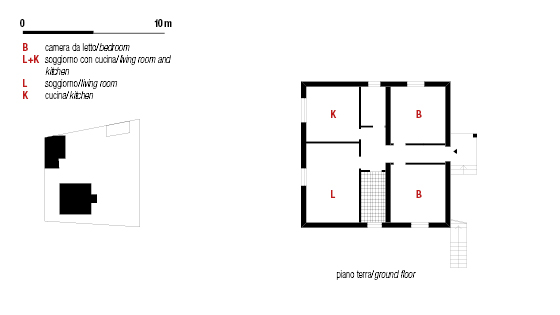2014/10/05
Roma – borgata Boccea
Abitare tra generazioni diverse nella metropoli informale
Alessandro Coppola
Tra il 1945 e il 1975 la popolazione di Roma cresce di quasi 800.000 abitanti, prevalentemente sotto la spinta delle migrazioni interne provenienti dalle aree rurali del centro e del sud. Nel contesto di un’assenza drammatica di alloggi a prezzi accessibili, gran parte della domanda abitativa degli immigrati si orienta verso le soluzioni fornite da un sistema di offerta informale e illegale in via di veloce espansione. A partire dal 1950, si assiste allo sviluppo di insediamenti informali di dimensioni e morfologia variabili sia all’interno della città consolidata sia nelle aree agricole. Nel 1951 in tali insediamenti vivono 150.000 persone, che diventano 400.000 nel 1961 e infine 800.000 nel 1981.
La tipologia urbana più rappresentativa dello sviluppo informale è la “borgata”. Il processo di costruzione delle borgate vede i proprietari terrieri, esclusi dalle scelte di pianificazione urbana, rendere disponibili i propri terreni nell’ambito di un mercato “parallelo” della terra, gli immigrati comprare – con o senza la mediazione di terzi – singoli appezzamenti di terreno e, infine, edificarli nella forma di case unifamiliari fornite di alcuni servizi e infrastrutture di base anch’esse autocostruite.
La vicenda raccontata attraverso l’intervista rappresenta perfettamente la traiettoria sociale e abitativa di molti dei pionieri della “metropoli informale” romana. Figlio di un bracciante immigrato in città delle Marche, Luciano aiuta suo padre a finanziare e realizzare una casa abusiva in una borgata lungo la Via Boccea. Più tardi, alla fine del 1970, edifica un piano ulteriore dove va a risiedere con la moglie e i suoi due figli. Finalmente “sanata” grazie al condono edilizio, la casa di Luciano – in virtù dell’arrivo del suo primo nipote – vede ora convivere tre generazioni.
La sua storia mostra come la "metropoli informale" sia stata capace di accomodare con flessibilità le mutevoli esigenze dei nuclei familiari, in un contesto di prezzi immobiliari e affitti inaccessibili, di salari decrescenti e di aspettative sociali in profonda trasformazione.
Living across generations in the informal metropolis
Alessandro Coppola
Between 1945 and 1975 the population of Rome grew by almost 800.000 inhabitants, mostly under the push of internal migrations coming from southern and central rural regions. In the context of a dramatic lack of affordable housing, much of the demand expressed – both formally and informally – by migrants employed in the low-skilled service sector will be oriented towards solutions provided by an expanding system of informal and illegal housing provision. Starting with the 1950s, informal settlements of variable size and morphology developed in the city and at its periphery. In 1951, 150,000 people lived in such settlements, a number growing to 400,000 in 1961 and finally peaking to 800,000 in 1981.
The quintessential typology of informal development will be the “borgata”, i.e. self-built urban neighbourhoods developed on peripheral privately owned green-fields mostly located in proximity of major strade consolari (arterial roads). The development of borgate will mostly follow this pattern: land-owners excluded from formal development opportunities by urban planning decisions will make their land available on a “parallel” land market, lower-class migrants will buy – with or without the mediation of third parties – individual plots of land on these markets and, finally, they will develop them mostly as self-built and self-designed single-family homes serviced by some self-built basic infrastructures.
The story investigated through the interview is the quintessential embodiment of the social and housing trajectory of many pioneers of this “informal metropolis”. The son of a labourer migrated to the city from the Marche region, Luciano helped his father to fund and develop his “casa abusiva” in a borgata long the Via Boccea. Later on, at the end of the 1970s, he developed an additional floor of the same house in order to make room for him, his wife and his two sons. Finally formalized thank to the condono edilizio (building amnesty), Luciano’s home – with the arrival of his first nephew – is now home to three generations.
His story shows how the “informal metropolis” has been successful in accommodating with flexibility the changing needs of nuclear families in a context of rising housing prices, lower salary and changing social expectations.
№ 8/21
№ 1/1
Next project: → Palermo – abitare il “sacco”/living in the “sack”
Previous project: ← Senigallia – “Vivere Verde”/”Green Living”



